Premium Only Content
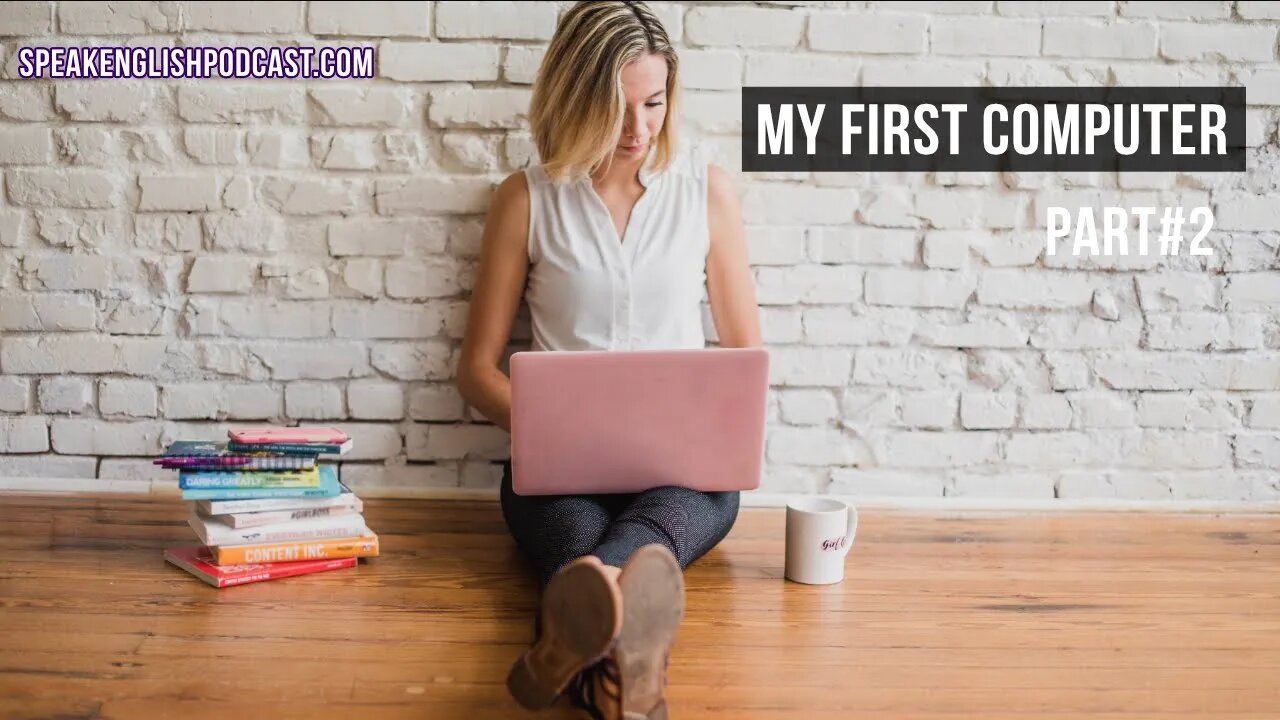
279 My first computer and new alternatives 2
279 My first computer and new alternatives 2
Get the transcript here: https://speakenglishpodcast.com/279-my-first-computer-and-new-alternatives-part2/
In a previous episode, we talked about the mouse, the keyboard, and the screen. Today, we'll learn about more parts of a computer. And with a short story, you will learn grammar in context without memorizing any boring rules.
Hi! I'm Georgiana. Thanks for joining me for another episode of the podcast. My mission is to help you improve your English fluency.
If you want to help me, share the podcast with your friends and family. That would mean a lot. Thanks.
Before we start, get the transcript of this episode for free. At: SpeakEnglishPodcast.com/podcast
Ok, let's continue learning about computer parts:
Now, let's talk about 'RAM.' RAM stands for 'Random
Access Memory.' RAM is like a computer's working memory. It's where the computer keeps things while doing tasks, just like our brains remember stuff when we're busy.
My old computer only had 8 megabytes of RAM. It's like having a small desk – you can only put a few things on it at once.
Nowadays, computers have much more RAM, at least 8 gigabytes, which is like having a big desk with lots of space. This helps modern computers work faster and better.
Another essential part of a computer is 'storage.' This is where we keep our files, such as photos and documents. The computer stores these files on a 'hard drive,' like a giant digital cabinet for our stuff.
In the past, when we wanted to move information from one computer to another, we used something called a 'floppy disk.' A floppy disk was a small, flat, plastic thing that could only hold a tiny bit of information, like one page from a book. It was like using a small bag to carry your digital things.
Today, we have much better ways to store our files. We use something called the 'cloud,' which is like a magical place on the internet where we can keep lots of information safely.
Examples of cloud services include 'iCloud' from Apple, 'Google Drive,' 'Microsoft OneDrive,' and 'Dropbox.' It's like having a big online storage room where you can keep your digital stuff.
The closest thing we have now to a floppy disk is a 'flash drive.' It's a tiny device that can hold much information, like a small digital bag for your files.
Before flash drives, we used something else called 'CDs.' A CD was like a flat, round disc that could hold more information than a floppy disk. It was like a small, thin plate.
Another way to store files, is by using an external hard drive. These external hard drives have evolved over time and have become more compact. But unlike flash drives, external hard drives may not always be compatible with other devices like tablets, smart TVs, and similar devices. That's why I tend to use external hard drives for backups.
So, those are the parts of my first computer and how they compare to today's technology. My computer had a big mouse, a small box-like screen, a keyboard for typing, a small amount of RAM, and used floppy disks for storage. Nowadays, computers have sleek mice, flat and large screens, modern keyboards, lots of RAM, and use advanced storage options like the cloud and flash drives.
So, that's how my computer was back then. It might seem very old now, but it was exciting then. Technology has changed a lot.
Now, I want to hear about your first computer experiences. Did you have an old computer like mine, or was it different? Please share your stories with me!
-
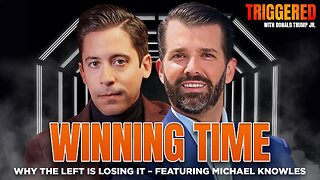 1:06:40
1:06:40
Donald Trump Jr.
8 hours agoThe Left is Taking one L After Another, Live with Michael Knowles | Triggered Ep. 217
127K95 -
 47:17
47:17
Kimberly Guilfoyle
8 hours agoWoke Gets DOGE’d, Live with AJ Rice & Jarrett Stepman | Ep. 197
94.5K40 -
 20:11
20:11
Candace Show Podcast
7 hours agoBecoming Brigitte: Candace Owens x Xavier Poussard | Ep 6
147K292 -
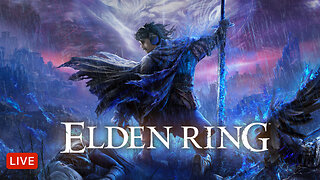 8:25:38
8:25:38
Dr Disrespect
11 hours ago🔴LIVE - DR DISRESPECT - ELDEN RING DLC - REVENGE
167K20 -
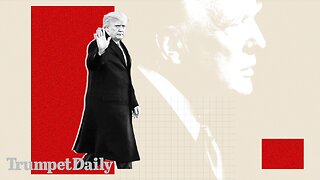 54:22
54:22
LFA TV
1 day agoThe End of the Trans-Atlantic Alliance | TRUMPET DAILY 2.17.25 7PM
32.2K6 -
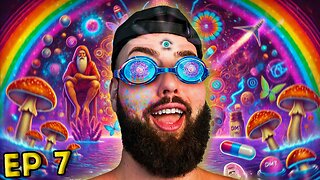 55:56
55:56
BIG NEM
10 hours agoUGLY COCO: The Rapper Who’s Tried EVERY PSYCHEDELIC 🌌
9.46K1 -
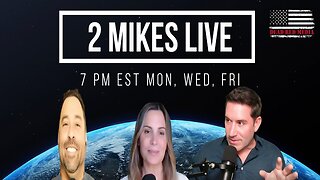 1:42:51
1:42:51
2 MIKES LIVE
8 hours ago2 MIKES LIVE #181 Deep Dive Monday!
16.9K3 -
 1:57:43
1:57:43
Quite Frankly
8 hours ago"Low Tide at The Pier: Munich Tears" 2/17/25
28.7K7 -
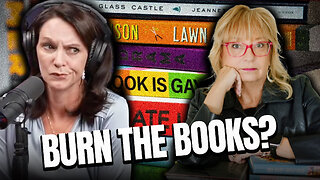 27:44
27:44
The Based Mother
9 hours ago $0.14 earnedBOOK BAN LIES. Karen England and the MSM fairy tale that books are being “banned” by fascists
13.9K3 -
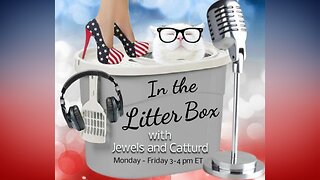 1:01:52
1:01:52
In The Litter Box w/ Jewels & Catturd
1 day agoBest Presidents' Day Ever! | In the Litter Box w/ Jewels & Catturd – Ep. 743 – 2/17/2025
108K75